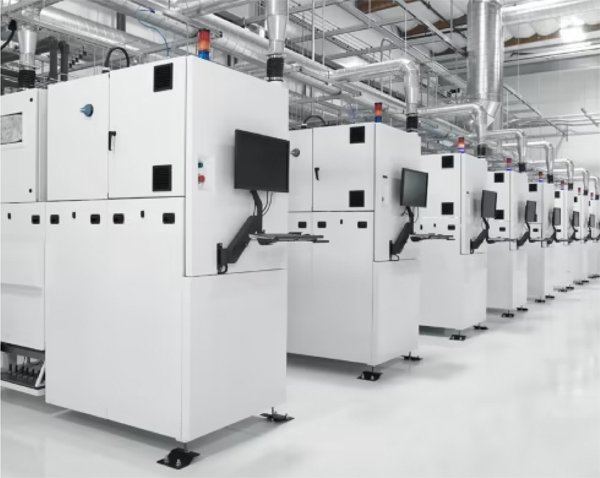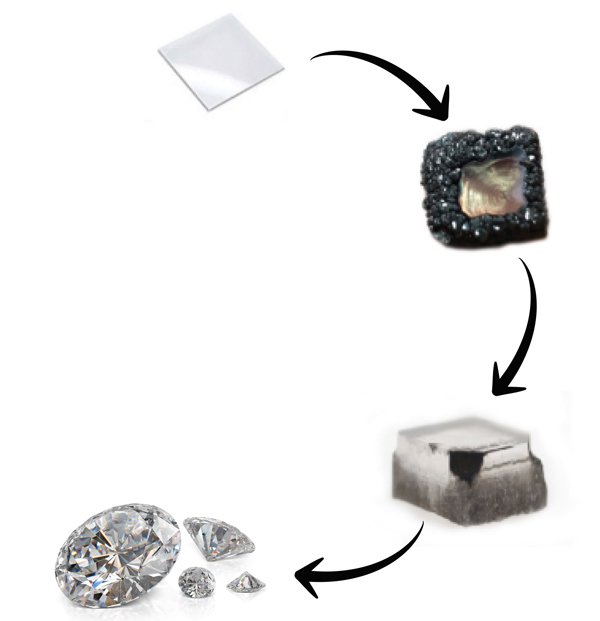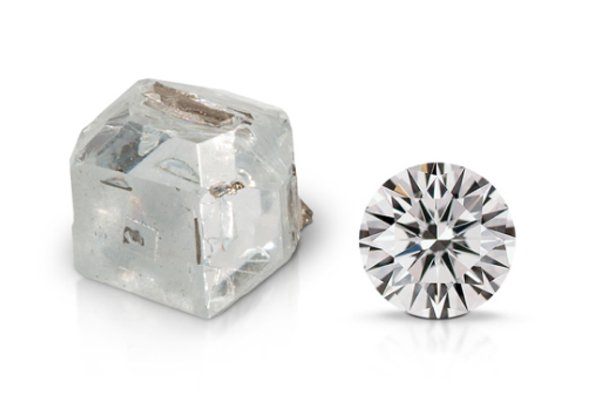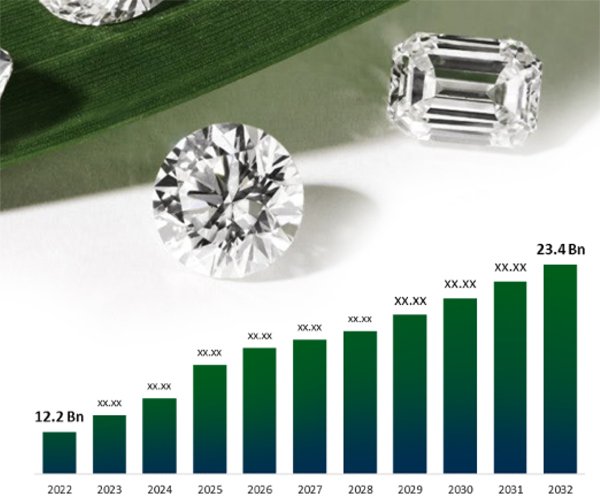LAB GROWN DIAMONDS!
Lab Grown Diamond also known as synthetic or cultured diamonds, are diamonds that are created in controlled laboratory environments using advanced technological processes that mimic the natural diamond formation.


CREATION METHODS!
High Pressure High Temperature (HPHT) This method replicates the natural conditions under which diamonds form in the Earth. It involves subjecting carbon to high pressures and temperatures.
Chemical Vapor Deposition (CVD) This technique involves breaking down carbon-rich gases into carbon atoms, which then deposit onto a substrate layer by layer to form a diamond.
CHARACTERISTICS
Physical and Chemical Properties: Labgrown diamonds have the same physical, chemical, and optical properties as natural diamonds. They are composed of pure carbon and have the same hardness, brilliance, and sparkle.
Identical to Natural Diamonds: They can be distinguished from natural diamonds only with specialized equipment and tests.


BENEFITS
Ethical Considerations: Lab-grown diamonds are considered more ethical as they do not involve the mining process, which can have significant environmental and social impacts.
Cost: They are generally more affordable than natural diamonds due to the more controlled and less resource-intensive creation process.
USES
Jewelry: Lab-grown diamonds are increasingly popular in the jewelry industry due to their ethical production and lower cost.
Industrial Applications: They are used in various industrial applications where diamond' s hardness is beneficial, such as cutting, grinding, and drilling tools.


MARKET TRENDS
- The market for lab-grown diamonds has been growing steadily, with increasing consumer awareness and demand for sustainable and ethical products.
- Major jewelry brands and retailers are incorporating lab-grown diamonds into their offerings.
Lab-grown diamonds offer a sustainable, ethical, and cost-effective alternative to natural diamonds, making them an appealing choice for many consumers and industries.
